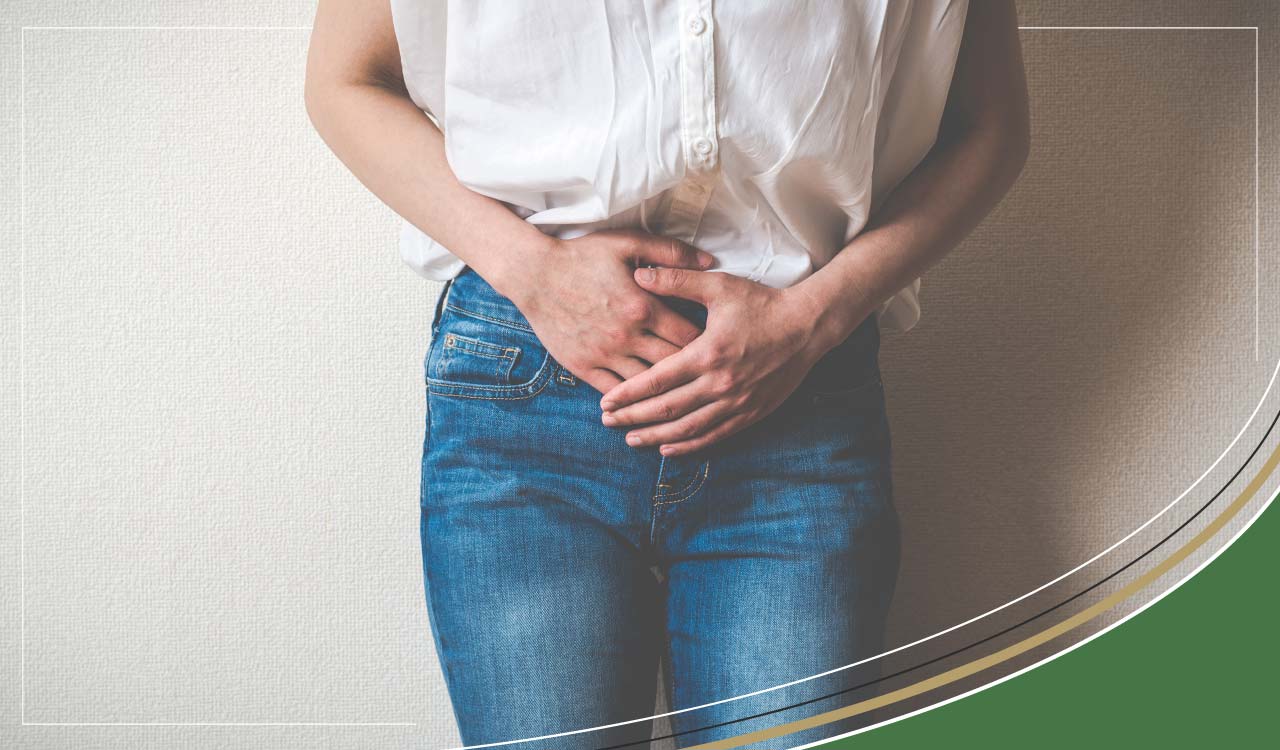Urinary catheterisation, catheter types and reducing risks

What is a Urinary Catheter?
A urinary catheter is a flexible tube used to drain urine directly from the bladder. Most catheters transfer urine to a drainage bag that can be emptied regularly.
Why might you need to use a catheter?
You may need to use a urinary catheter if you struggle to control when you urinate (leaking through incontinence) or if you are unable to empty your bladder due to urinary retention. Urinary catheterisation may be necessary for the any of the following reasons:
- Bladder stones, blood clots or a narrowed urethra.
- Spinal injury or damage to nerves that control the bladder.
- Impaired bladder function due to medication.
- After surgery.
- Conditions that affect memory or perception such as dementia.
Catheter Types
- Indwelling catheters are inserted into the body to drain urine from the bladder.
- Suprapubic catheters are used in the case of urethral damage or blockage. The catheter is inserted through a small incision in the abdomen.
- External catheters are non-invasive and placed outside the body.
Self Catheterisation Risks:
- Urinary Tract Infection. Bacteria or Fungi can enter the urethra during insertion of the catheter.
- Injury or trauma to urethra during insertion.
- Development of bladder stones.
- Damage to kidney from long-term use of catheters.
- Allergies to materials in catheter such as latex.
- Infection of the blood (septicaemia)
Seek immediate medical attention in the case of infection as septicaemia can be life-threatening. Your doctor may require a blood or urine samples to test for infection.
Symptoms of Septicaemia
- Rapid heartbeat and breathing.
- High temperature or fever.
- Confusion.
Reducing Risks
- Wash hands thoroughly using an antimicrobial wash before and after touching any part of the catheter or emptying the bag.
- Sterile, single-use gloves and aseptic non-touch technique should be used when inserting catheters.
- Ensure good personal hygiene particularly around the genitalia with daily washing with soap and water.
- Clean around the drainage tube using an alcohol swab, before and after opening and closing the outlet valve.
- After emptying the drainage bag, spray with a mixture of water and vinegar or water and bleach.
- Drink plenty of water to ensure adequate hydration.
- Change catheter as per manufacturer's instructions, drainage bag off floor but at lower height from bladder.
- Maintain good bladder health and consider supplementary support with D-Mannose.
- Use catheters for minimum required time.
Care of the Drainage Bag
The drainage bag should be stored lower than bladder level. Many people strap this to their leg during the day using a leg strap, bag or leg sleeve. A larger capacity bag is used overnight which is placed on a stand by the bed (but not touching the floor). It is important to make sure the bag is supported and will not apply pressure to the catheter. The drainage bag should be emptied every 4-8 hours or when the bag is half full, whichever comes first. On draining, ensure that the end of the catheter never touches the container that it is being drained into. It is necessary to maintain a closed drainage system to prevent infection.
 Free Royal Mail 24 Tracked Delivery
Free Royal Mail 24 Tracked Delivery
 UK Customer Service - 01904 789 559
UK Customer Service - 01904 789 559
 Read Thousands of Independent Reviews
Read Thousands of Independent Reviews















